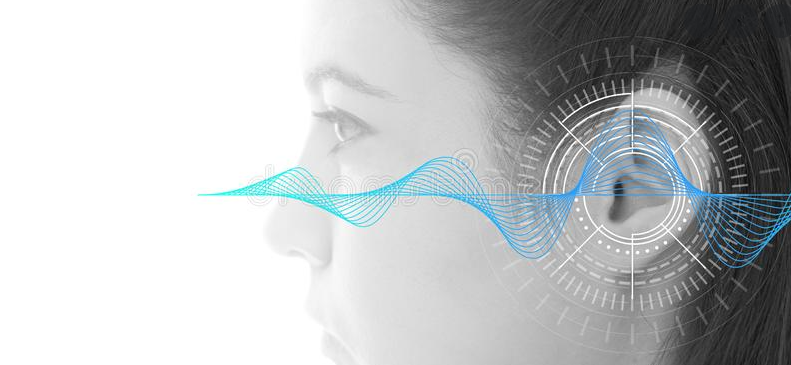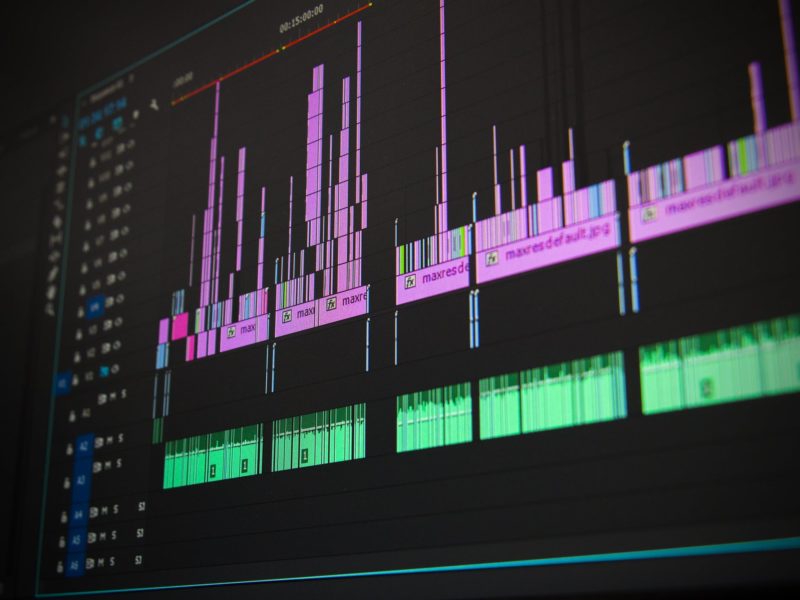
How Audio DSP Programming Is Misunderstood
Audio may be the most important aspect of an AV project, yet audio setup in meeting rooms and classrooms does not get the attention it deserves in most projects involving integrated systems. Perhaps one of the biggest misnomers in common AV lingo is referring to the design of an audio system as “audio DSP programming.” In fact, the only aspect of audio DSP setup that resembles programming is that it is done from a computer; thus, a more appropriate term would audio DSP configuration or design.
DSP refers to the Digital Signal Processor that exists on a circuit board of a commercial audio product along with other electronic chips and circuitry. Audio DSPs support a host of functions internally used to produce quality sound such as analog-to-digital (A/D) and digital-to-analog (D/A) conversion, acoustic echo cancellation (AEC), automatic gain control (AGC), and gaiting.
In the days before software driven audio DSPs, audio systems were setup with hardware components, dependent on more physical wiring, and were adjusted by actual knobs, sliders, and potentiometers. These were all precisely designed, installed, and adjusted for optimal performance. Nowadays, most of these functions can be handled electronically through all-in-one software driven products.
While some audio DSP manufacturers provide fixed architecture systems, more and more provide a blank canvas to design an audio solution with the flexibility needed for various system types and acoustical requirements. As we know, with flexibility comes increased possibilities and added complexity including the need for a trained audio professional to ensure a quality outcome.
Too often the setup of an audio system in a meeting room or classroom is done by a technician, a control system programmer, or field commissioner whose primary focus is in an area other than audio. In these cases, audio setup becomes a requirement to satisfy and complete the project rather than an opportunity to showcase skills and wow the client. In another scenario, while audio may be preliminarily setup by an in-house engineer, field adjustments leading to optimal performance are left up to a less skilled or untrained ear, leading to an 80% solution that has noticeable opportunity for improvement.
As easy as it may seem to get audio from point A to point B, this is only half the battle when it comes to audio DSP configuration. Knowing how to handle acoustical variables inherent in unique spaces is where the need for audio expertise truly kicks in. Additionally, it is equally important to understand which acoustical challenges can be solved with electronic processing, and which need to be solved by physically altering a room by repositioning microphones and speakers along with adding audio treatments such as acoustic wall panels or ceiling tiles.
Whatever the case, audio is a critical aspect of a system and should not be discounted or left open to chance. Even more so than ease of operation, quality audio will be a difference maker in a quality user experience and client satisfaction.
While audio DSP programming primarily relates to the ability to make a space sound good both locally and on the far end for a conference call, another aspect of audio DSP setup includes interfacing with an AV control system. The audio expert responsible for configuring the audio DSP must understand the system operation and be able to define the “control points” needed to interface with a control system. These can stem from Program and Speech volume levels to preset configurations for specific modes of operation or room combinations. Without an effective synergy between audio DSP setup and control programming, successful system operation and quality experience would be elusive. However, when audio and control come together as one and can be handled within the same team or by an individual, success abounds.
At Control Concepts, we have specialized in AV control system programming since 1997. For the majority of this time, there was a hesitation to offer audio DSP programming (despite client requests) because it could not be provided with the same level of confidence and expertise that was provided with control system programming. This situation has changed in the past few years with the hiring of Mike Spadafora. Mike is an audio expert with equal strengths in control system programming. Subsequently, another audio guru, Victoria Grupp, has recently joined Control Concepts providing added experience and capabilities to best serve clients in the area of audio DSP programming.
With the addition of audio configuration, commissioning, and tuning, Control Concepts offers the complete package for technology managers, consultants, and integrators looking to ensure positive outcomes for the two biggest variables in integrated AV systems – control system programming and audio DSP programming. By investing in a relationship with a single service provider for both control and audio solutions, not only can peace of mind be reached, but also efficiencies can be realized by eliminating the need to coordinate the details between two separate parties to ensure seamless integration between control and audio.
To learn more about how Control Concepts can ensure your AV systems sound great and are easy to operate, please reach out to projects@controlconcepts.net or call (201) 797-7900 to discuss how Control Concepts be your technology partner for audio DSP programming, control system programming, and the benefits of our bundle of services.
- Post Tags:
- audio dsp
- dsp
- dsp programming
- Posted In:
- Audio DSP





